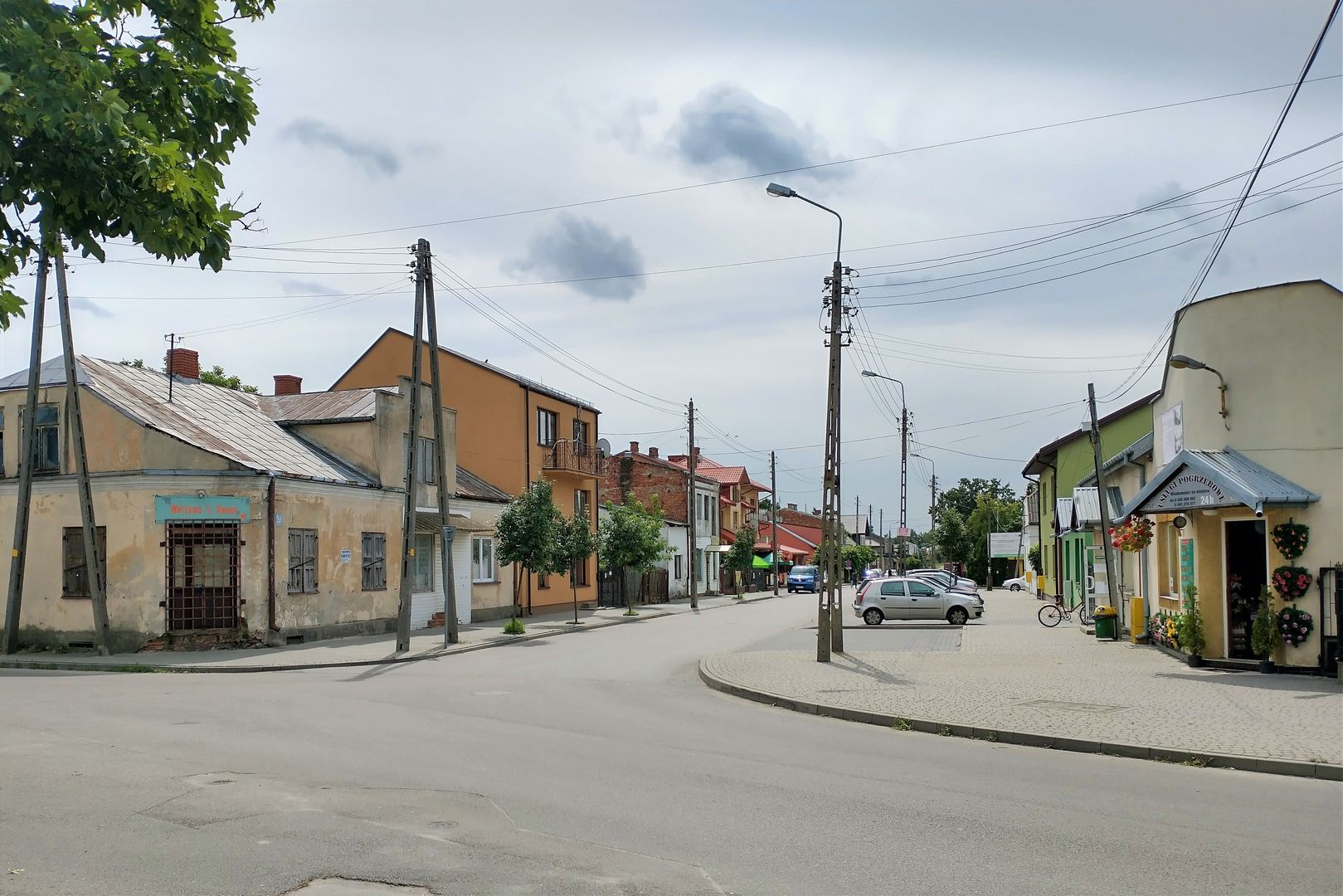Stanisław
6.33

Overview
Stanisławów is a rural administrative center in the Masovian Voivodeship, within the Mińsk County, with a history dating back to medieval times. The origins of the settlement are associated with a hunting manor called Cisek, which existed as early as the 14th century. In 1523, the locality was granted town rights, and its development significantly influenced the region's economic life—by the 16th century, it was home to 263 artisans and 8 mills. Stanisławów was a hub of vibrant commercial activity, hosting annual fairs and benefiting from various privileges granted by successive kings, such as Sigismund Augustus and Stanisław August Poniatowski.
The architecture of the town is dominated by the parish church complex dedicated to Saint John the Baptist and Saint Stanislaus the Bishop. Its brick structure dates back to around 1530. The church has been repeatedly restored and was rebuilt after the destruction of World War II. The village also features an 18th-century wooden bell tower and a brick parsonage from 1881.
It is worth noting that Stanisławów experienced a period of prosperity in the 17th century. However, numerous wars, including the Swedish invasions, led to its devastation and eventual downgrade to a village in the 19th century. The town lost its municipal rights in 1869 and, after various historical upheavals, found itself within changing administrative boundaries over the years. After World War II, Stanisławów underwent a series of reconstruction efforts, including rebuilding after a major fire in 1956.
Today, Stanisławów is situated near important transport routes, which supports economic development, including the operations of the largest employer in the municipality—the Stanisławów Meat Processing Plant. The residents preserve the memory of their history, reflected in monuments dedicated to those who fell in the struggles for independence and in the preserved architectural elements linked to its past as a town. Although it has lost its urban status, Stanisławów remains a place rich in history and traditions, distinguished by its cultural and architectural heritage.
Location
2025 Wizytor | All Rights Reserved